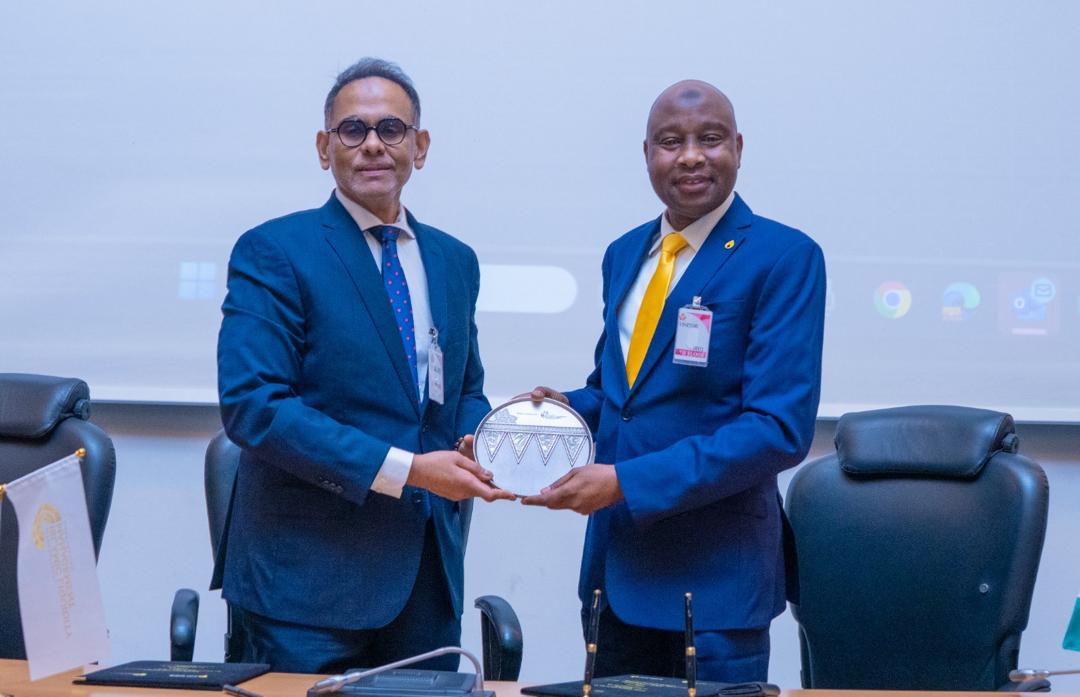By Jeffrey D. Sachs
NEW YORK – US President Donald Trump’s order to assassinate Iran’s General Qassem Suleimani while on an official mission to Iraq was widely hailed in Trump’s jingoistic Republican Party. Government-sanctioned murders of foreign officials, clerics, and journalists are commonplace nowadays. Yet there is something special about America’s bloodlust against Iran. It is a 40-year-old obsession that has now brought the United States and Iran to the brink of war.
The US fixation on Iran dates back to the Islamic Revolution in 1979, when Iranian students took over the US embassy in Tehran and held 52 Americans hostage for more than a year. That traumatic experience has made it psychologically impossible for American politicians to calibrate US policies. It is the reason, for example, that Trump has now threatened the war crime of destroying 52 targets in Iran, including cultural sites, one for each of the 1979 hostages, if Iran retaliates for Suleimani’s murder.
Trump is claiming the right to murder a leader in a foreign country and to commit war crimes if that country retaliates. Yet this criminality is widely applauded in the US. It reflects a kind of post-traumatic stress disorder of the US political system, at least on the right. It is similar to America’s reckless launch of wars across the Middle East after the September 11, 2001, terrorist attacks.
The fact that Trump is psychologically disordered adds to the fury. Recall that he famously boasted that he could shoot somebody on Fifth Avenue “and not lose any votes.” With his order to murder Suleimani, he is evidently determined to put that proposition to the test.
What most of the American public and much of the American political elite fail to comprehend is that the US has committed far more crimes against Iran than vice versa. The US has willfully and recklessly created an enemy for no reason other than its own misguided actions.
Consider the key milestones since the early 1950s.
First, the US and the United Kingdom overthrew Iran’s government in 1953, after the democratically elected prime minister, Mohammad Mossadegh, moved to regain control of Iran’s oil, which had been captured by the British empire. The US then replaced the democracy it had overthrown with the authoritarian regime of Mohammad Reza Shah Pahlavi, who was propped up by the SAVAK, his brutal intelligence agency and secret police, during the quarter-century from 1953 to 1978. The Iranian students seized the US embassy in Tehran after the deposed Shah was admitted to the US for medical treatment.
The following year, the US armed and encouraged Saddam Hussein’s Iraq to invade Iran, triggering a nearly decade-long war that killed around 500,000 Iranians. As of 2014 some 75,000 Iranians were still being treated for injuries from the chemical attacks Saddam used.
The US also hit civilian targets. In 1988, the US military shot down Iran Air 655 – easily identifiable as an Airbus A300 if the US had been taking suitable precautions – killing all 290 people on board. And in 1995, the Iranian public became subject to tough US economic sanctions that have never been removed, only tightened over time.
This continued even after 9/11. Iran supported the US-led invasion of Afghanistan to depose the Taliban, and also supported the new US-backed president, Hamid Karzai. Yet in January 2002, US President George W. Bush called Iran part of an “Axis of Evil,” along with Saddam’s Iraq and North Korea.
Likewise, rather than press all Middle East countries, including Israel (with an estimated 80 nuclear warheads), to abide by the Nuclear Non-Proliferation Treaty and support efforts to establish a nuclear-free region, the US exclusively pressured Iran.
Then, in 2015, the US, under President Barack Obama, the UK, France, China, Russia, and Germany, negotiated a deal with Iran under which Iran agreed to end its nuclear reprocessing in exchange for the lifting of economic sanctions by the US and others. The United Nations Security Council unanimously backed the nuclear deal, formally known as the Joint Comprehensive Plan of Action. Yet, according to US Secretary of State Mike Pompeo, the JCPOA was an act of appeasement. Trump unilaterally repudiated the deal in 2018, the only signatory to do so, and then dramatically tightened US sanctions.
The purpose of stricter sanctions is not to change Iran’s behavior, but to crush the Iranian economy in an attempt to destabilize the regime. Iran is now in a US-induced depression, with GDP down 14% between 2017 and 2019 and inflation in 2019 at 36% (both according to recent IMF estimates), and severe shortages of medicines and other vital goods. Meanwhile, despite repudiating the JCPOA, the US has continued to insist that Iran abide by its terms.
The US, seemingly with no awareness of this history, and led by an emotionally unbalanced president who believes he may commit murder in broad daylight and get away with it, is still acting out a 40-year-old psychological trauma.
At this moment, the world should remember the wise and enduring words of a very different type of US president. In June 1963, just months before himself falling victim to an assassin, John F. Kennedy addressed the Irish Parliament:
[A]cross the gulfs and barriers that now divide us, we must remember that there are no permanent enemies. Hostility today is a fact, but it is not a ruling law. The supreme reality of our time is our indivisibility as children of God and our common vulnerability on this planet.
There is no reason why Iran and the US could not be at peace. By building on the 2015 nuclear agreement and their many common interests, a new relationship is yet possible. But with Iran’s retaliation already underway, it is especially urgent now that the European Union not follow the reckless Trump administration into a spiral of escalation that could result in war.
________________________________________________________________________
Sachs, Professor of Sustainable Development and Professor of Health Policy and Management at Columbia University, is Director of Columbia’s Center for Sustainable Development and the UN Sustainable Development Solutions Network.








